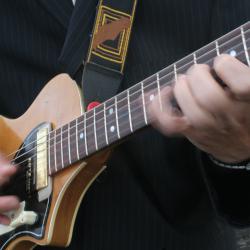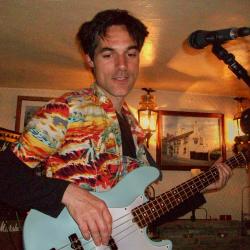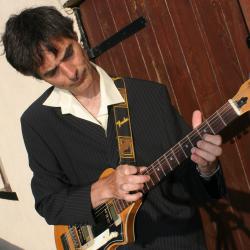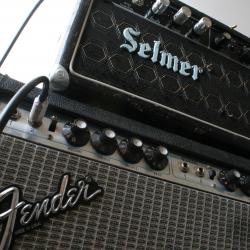 Looking into changing the feel and sound of your guitar can be a lot of fun: It can be unpredicatable and exhiting process all at the same time.
Looking into changing the feel and sound of your guitar can be a lot of fun: It can be unpredicatable and exhiting process all at the same time.
You may wonder why make any changes to an exhisting guitar? Is it not better to buy a guitar of which you like the sound and feel? Yes and no: Making changes to any of your guitars will give you more experience as in what is crucial for its tone and feel.
For this article I will go into a handful of simple things you can look into to change the feel and tone of your guitar.
Tone:
The main parts which create the tone on an electric guitar are the pick ups and the type of woods for the body and neck.
Lighter bodies may lack any depth to your tone. This could be compensated by getting hotter output pick-ups, but it may be better to get a body which creates more resonance.
The bridge plays a vital part in the tone as well: Better quality bridges may give you more sustain and depth. Similar thing for the nut. Most of these parts are easy to change. Changing a body may be more radical as you may feel you will change your guitar completely.
Feel:
Most of the feel of a guitar comes from the neck: Is it a thick or thin one? Is it heavily finished or only lightly? The fretsize plays a part too: Thinner frets will give a different feel for your finger tips compared to thicker frets.
The kind of wood used for the fretboard: Maple fretboards feel harder, they also will sound brighter compared to Rosewood fretboards.
Getting a budget guitar may be a good starting point: You could change any part on this guitar without having the feeling that you are destroying its soul. The first thing you could do is change one pick-up. See what this has done to its tone, then carry on from there: Change more pick-ups or maybe change the bridge or……….whatever part you like?
Once you have finished the whole process you may end up with a guitar you really like, but it may also no longer be a budget guitar.
Have fun and hope to see you soon again,
Eddie








